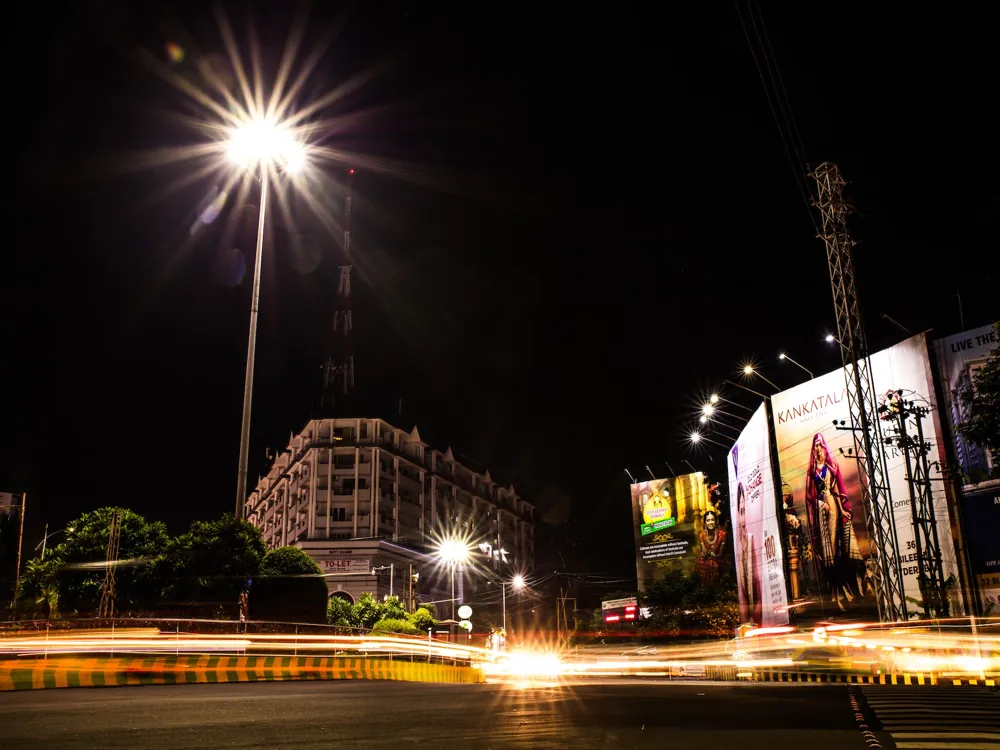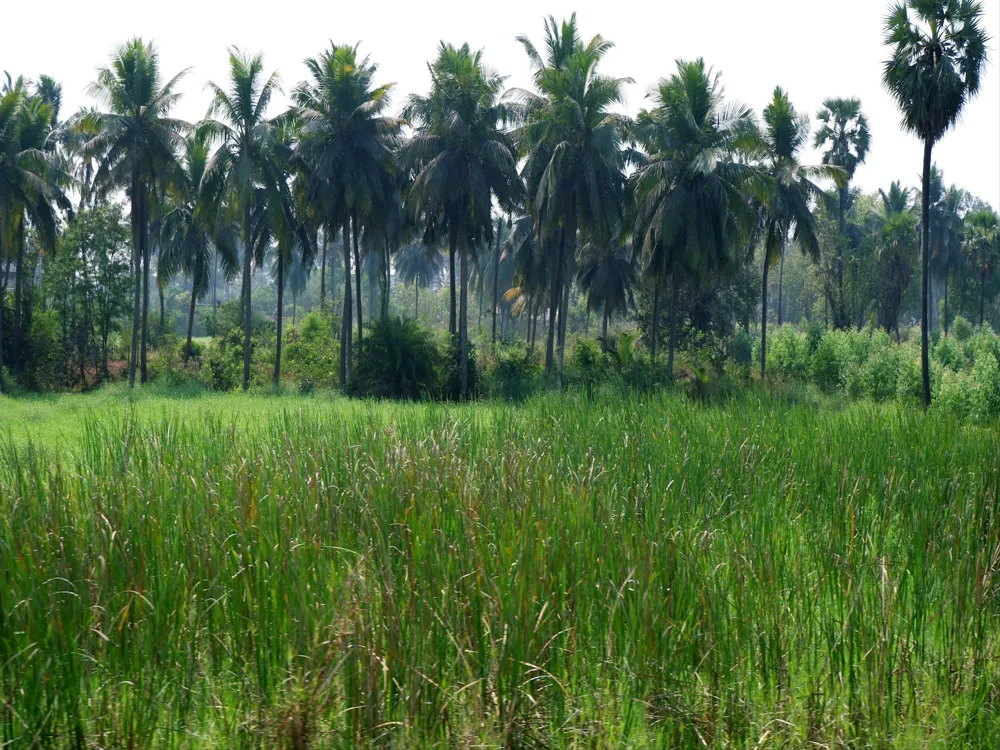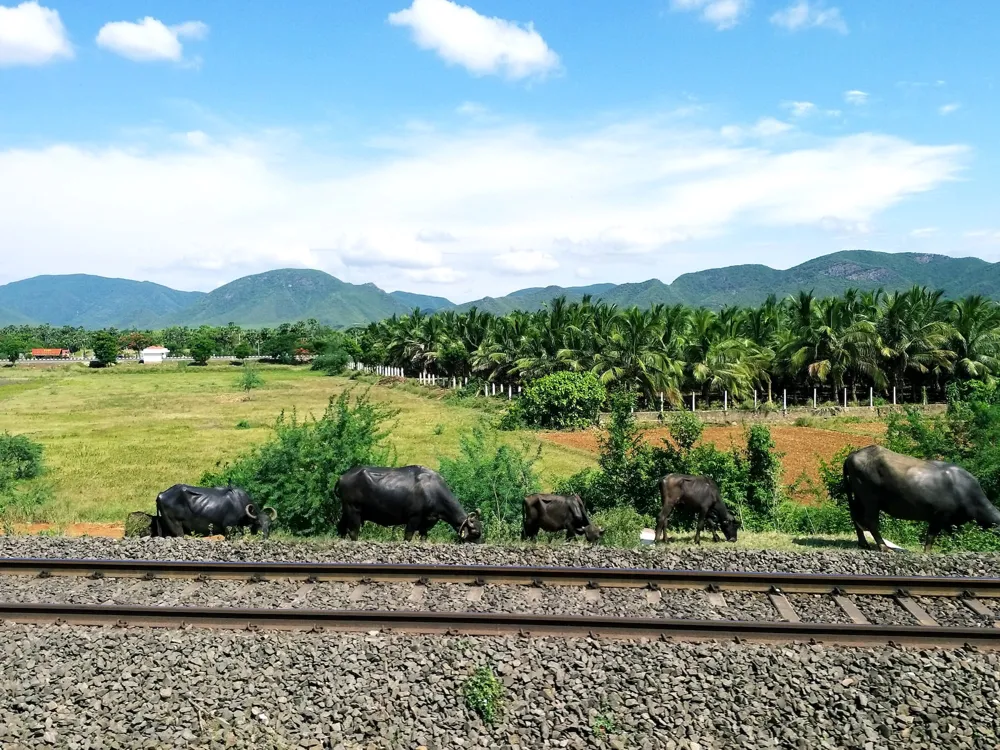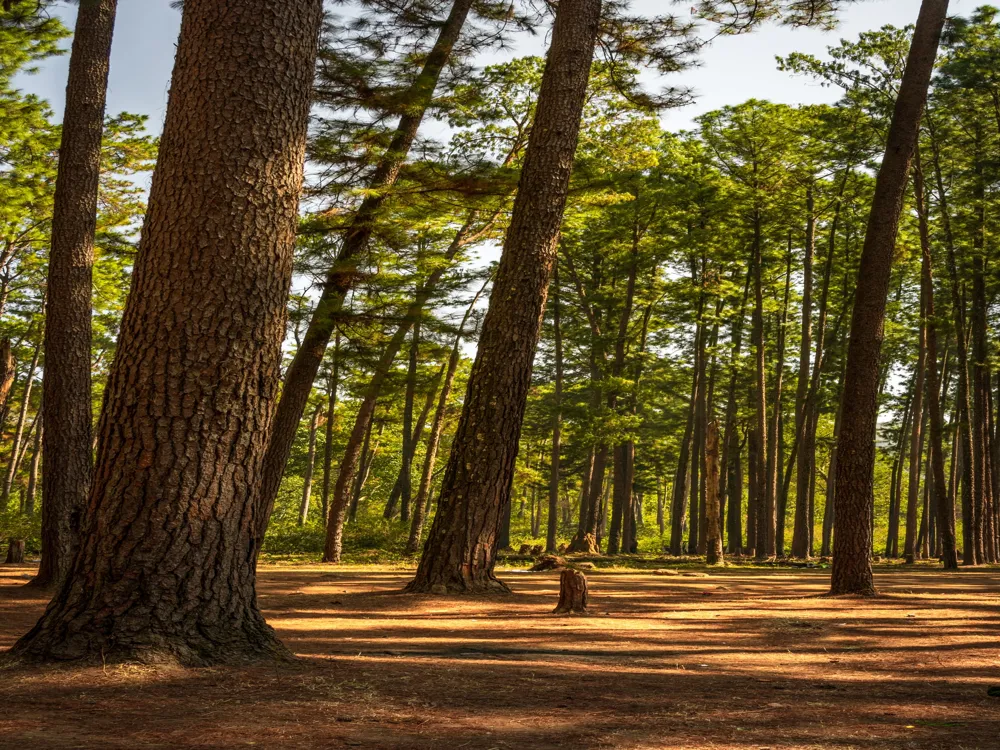Nestled in the lush landscapes of Araku Valley in Andhra Pradesh, the Tribal Museum stands as a testament to the rich cultural tapestry of the region's indigenous communities. This exquisite museum is not just a building but a journey into the heart of tribal heritage, offering visitors a unique glimpse into the lives, traditions, and art of the tribes native to the Eastern Ghats. As you step into the museum, you are greeted by a plethora of exhibits that brilliantly capture the essence of tribal life. From traditional attire, jewelry, and hunting tools to intricately designed musical instruments and pottery, each artifact tells a story of survival, culture, and the deep connection these tribes have with nature. The museum also showcases a variety of photographs, illustrations, and texts that provide deeper insights into the daily lives and rituals of the tribes. One of the highlights of the museum is the display of traditional tribal dwellings. These life-size replicas give you a real sense of the architectural ingenuity of the tribal people, adapting their homes to the rugged terrain and climate of the region. Interactive exhibits, including workshops and cultural performances, further enrich the experience, allowing visitors to engage with the tribal culture in a very personal and immersive way. The Tribal Museum in Araku Valley is more than just a repository of artifacts; it is a vibrant, living space that continues to evolve and adapt, much like the tribes it represents. It serves as an educational resource, a cultural hub, and a bridge connecting the past with the present, making it a must-visit for anyone interested in understanding the diverse cultural fabric of India. The architecture of the Tribal Museum in Araku Valley is as intriguing as the exhibits it houses. Designed to reflect the harmony between man and nature that is so central to tribal philosophy, the building itself is a masterpiece of eco-friendly and sustainable architecture. The museum's design takes inspiration from traditional tribal housing, with its use of natural materials like bamboo, mud, and thatch. This not only gives the museum an authentic tribal feel but also ensures that it blends seamlessly with the surrounding landscape. The structure of the museum is a marvel of indigenous engineering. The use of locally sourced materials not only supports the local economy but also minimizes the environmental impact of the construction. The layout of the museum is thoughtfully planned to facilitate a natural flow of visitors through the exhibits, ensuring an immersive and uninterrupted experience. Large windows and open spaces allow for ample natural light and ventilation, reducing the reliance on artificial lighting and air conditioning. The museum's exterior is as impressive as its interior. The facade features traditional tribal motifs and symbols, painstakingly crafted by local artisans. This not only adds to the aesthetic appeal of the building but also serves to preserve and promote the rich artistic traditions of the tribes. The landscaping around the museum is another noteworthy aspect, with native plants and a layout that reflects the natural environment of the Araku Valley. In conclusion, the architecture of the Tribal Museum in Araku Valley is a beautiful blend of form and function, tradition and innovation. It stands as a shining example of how modern construction techniques can harmoniously coexist with traditional design principles, creating spaces that are both culturally significant and environmentally responsible. The ideal time to visit the Tribal Museum is between October and March, when the weather in Araku Valley is pleasant and conducive to exploring the outdoors. Visitors are encouraged to show respect for the local culture. It's advisable to dress modestly and ask for permission before photographing people or sacred sites. Consider taking a guided tour for a more insightful experience. Guides can provide in-depth information about the exhibits and the history of the tribes. Don't miss out on trying the local cuisine available near the museum. It's a great way to immerse yourself in the tribal culture. The museum shop offers a variety of handcrafted items made by the tribes. Purchasing these not only serves as a memento but also supports the local community. Araku Valley is well-connected by road and rail. The nearest airport is in Visakhapatnam, about 115 kilometers away. From there, you can hire a taxi or take a bus to Araku Valley. The journey offers scenic views of the Eastern Ghats. For a unique experience, consider taking the train from Visakhapatnam to Araku. This route passes through tunnels and over bridges, offering breathtaking views of the valley and its surrounding hills. Read More:Overview of the Tribal Museum in Araku Valley, Andhra Pradesh
Architecture of the Tribal Museum in Araku Valley
Tips When Visiting the Tribal Museum in Araku Valley
Best Time to Visit
Respecting Local Culture
Guided Tours
Local Cuisine
Souvenirs
How to Reach the Tribal Museum in Araku Valley
Tribal Museum
Araku Valley
Andhra Pradesh
NaN onwards
View araku-valley Packages
Araku-valley Travel Packages
View All Packages For Araku-valley
Top Hotel Collections for Araku-valley

Private Pool

Luxury Hotels

5-Star Hotels

Pet Friendly
Top Hotels Near Araku-valley
Other Top Ranking Places In Araku-valley
View All Places To Visit In araku-valley
Faq on Araku-valley
What is the Tribal Museum in Araku Valley?
The Tribal Museum in Araku Valley is a cultural institution dedicated to preserving and showcasing the rich heritage and traditions of the indigenous tribes residing in the region.
Where is the Tribal Museum located in Araku Valley?
The Tribal Museum is located in Araku Valley, a scenic hill station in the Visakhapatnam district of Andhra Pradesh, India.
What can visitors expect to see at the Tribal Museum?
Visitors can expect to see a diverse collection of artifacts, handicrafts, traditional costumes, tools, and artworks representing the lifestyle, beliefs, and customs of the indigenous tribal communities of the region.
Are there any guided tours available at the Tribal Museum?
Yes, the Tribal Museum often offers guided tours conducted by knowledgeable staff or local guides who provide insightful information about the exhibits and the tribal culture of Araku Valley.
What are the operating hours of the Tribal Museum?
The operating hours of the Tribal Museum may vary, but typically it is open to visitors during regular daytime hours. It's advisable to check the official website or contact the museum directly for the most up-to-date information on timings.
View araku-valley Packages
Araku-valley Travel Packages
View All Packages For Araku-valley
Top Hotel Collections for Araku-valley

Private Pool

Luxury Hotels

5-Star Hotels

Pet Friendly
Top Hotels Near Araku-valley
Other Top Ranking Places In Araku-valley
View All Places To Visit In araku-valleyFaq on Araku-valley
What is the Tribal Museum in Araku Valley?
The Tribal Museum in Araku Valley is a cultural institution dedicated to preserving and showcasing the rich heritage and traditions of the indigenous tribes residing in the region.
Where is the Tribal Museum located in Araku Valley?
The Tribal Museum is located in Araku Valley, a scenic hill station in the Visakhapatnam district of Andhra Pradesh, India.
What can visitors expect to see at the Tribal Museum?
Visitors can expect to see a diverse collection of artifacts, handicrafts, traditional costumes, tools, and artworks representing the lifestyle, beliefs, and customs of the indigenous tribal communities of the region.
Are there any guided tours available at the Tribal Museum?
Yes, the Tribal Museum often offers guided tours conducted by knowledgeable staff or local guides who provide insightful information about the exhibits and the tribal culture of Araku Valley.
What are the operating hours of the Tribal Museum?
The operating hours of the Tribal Museum may vary, but typically it is open to visitors during regular daytime hours. It's advisable to check the official website or contact the museum directly for the most up-to-date information on timings.




















